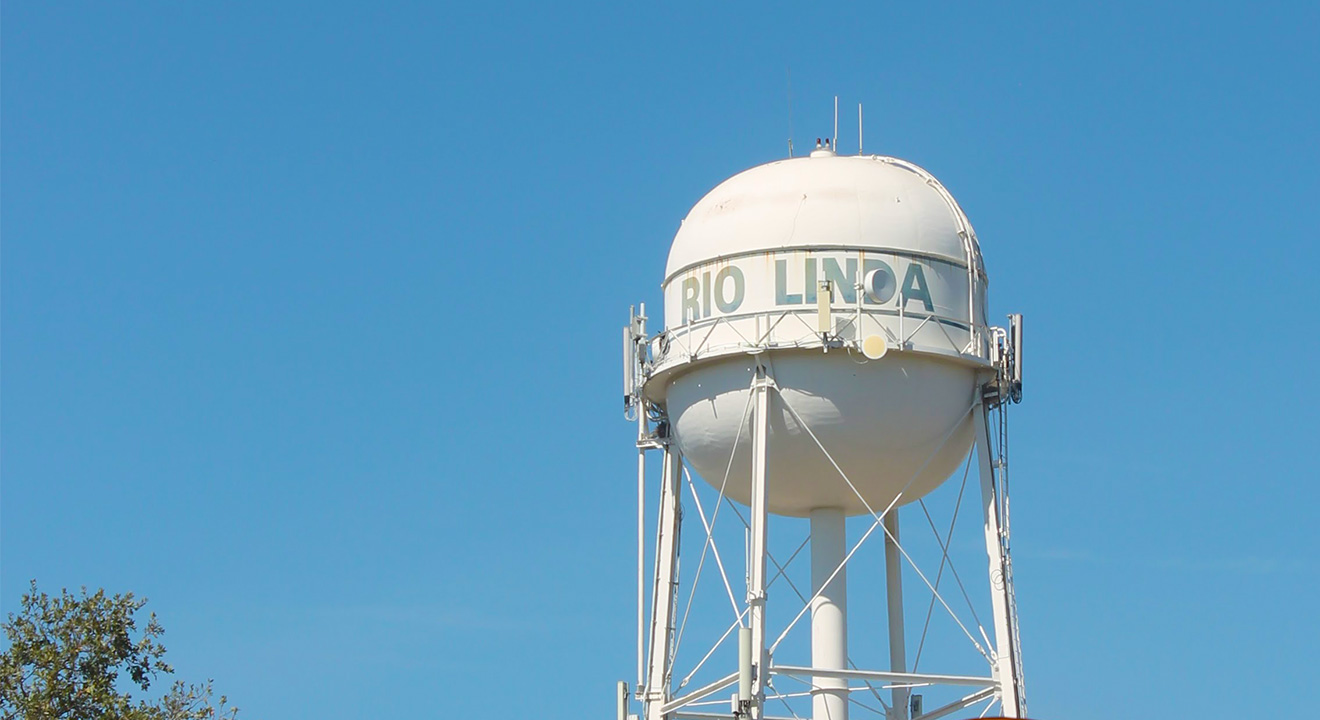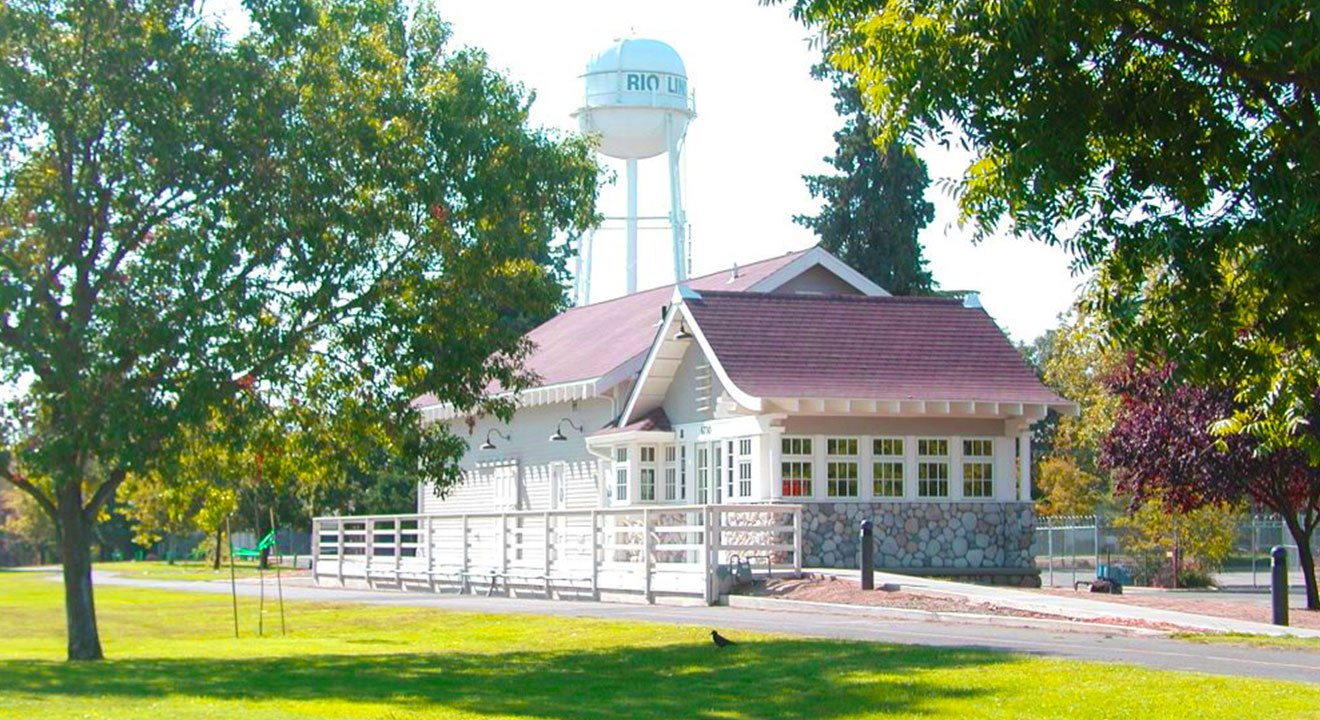BY DAN WALTERS, SEPTEMBER 21, 2020
It’s been 42 years since California voters sharply altered the state’s political dynamics by overwhelmingly passing Proposition 13 to slash property taxes, ignoring virtually unanimous opposition from leaders of both political parties.
It’s also been 42 years since Proposition 13’s opponents — public employee unions and others with stakes in government spending — first began plotting how to overturn it.
They assumed, or hoped, that the state Supreme Court would invalidate it. But a generally liberal court refused to do so. They hoped that voters would quickly change their minds once the reduction of revenues affected local government services and schools. That didn’t happen either.
In fact, in polling year after year, Proposition 13 proved to be enduringly popular with voters, despite criticism that it unfairly favored some homeowners over their neighbors and was a windfall to owners of commercial properties, such as office buildings, warehouses and hotels.
Even when California began its historic political evolution from a somewhat conservative state to one of the nation’s bluest bastions, Proposition 13 seemingly remained untouchable, as demonstrated by Jerry Brown’s attitude towards it.
He was a governor seeking his second term when it appeared on the June 1978 ballot and, like other political figures of the time, opposed it, calling it “a ripoff.” But as soon as it passed by a nearly 2-to-1 margin, Brown declared himself to be a “born-again tax cutter” and sponsored a state income tax reduction to align himself with what the media called “a tax revolt.”
Thirty-two years later, when Brown returned to the governorship and faced a severe state budget crisis, he was frequently asked whether it was time to repeal Proposition 13 but consistently ducked it. He did, however, sponsor a state income tax increase that, in spirit, undid the tax cut he and the Legislature had quickly enacted in 1978.
Meanwhile, the union-led anti-Proposition 13 coalition continued to seek ways to attack it, finally settling on what’s called a “split roll” to partially remove some of the tax limits on commercial property while maintaining those for residential real estate. After many false starts, the coalition decided that the 2020 presidential election, with anti-Donald Trump sentiment likely to spark a big turnout of Democratic voters, would be the moment.
That’s how Proposition 15 came to appear on November’s ballot. If passed, it would raise taxable values on commercial property to current market levels, raising as much as $12 billion a year for local governments and schools.
However, the measure’s backers had no way of knowing that the COVID-19 pandemic and the severe recession it spawned would visit themselves on California, changing the tenor of their battle with business groups over the issue.
While proponents argue that the new revenue is needed to keep vital public services, including schools, from being slashed, opponents argue that with businesses already suffering, this is the wrong time to saddle them with more taxes.
Gov. Gavin Newsom lent his support to the measure this month, saying “it’s a fair, phased-in and long-overdue reform to state tax policy (and) it’s consistent with California’s progressive fiscal values…”
However, a few days later, the Public Policy Institute of California released a new poll indicating that support is, to say the least, tepid with just 51% of likely voters inclined to vote for it before opponents unleash a multi-million-dollar advertising barrage against it.
Both proponents and opponents know that Proposition 15 is a proxy battle over whether Proposition 13 is still an untouchable icon. It’s showdown time after 42 years of skirmishing.
This article has been republished with permission from CalMatters.















